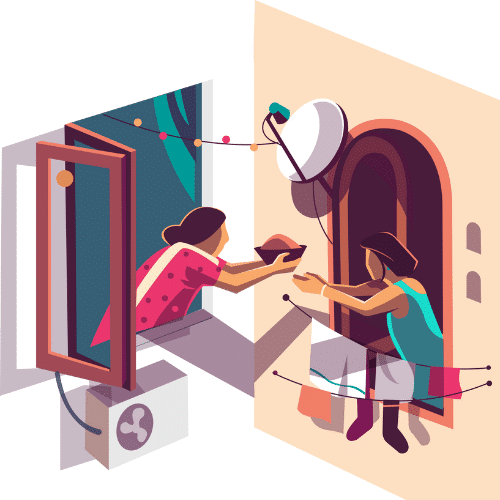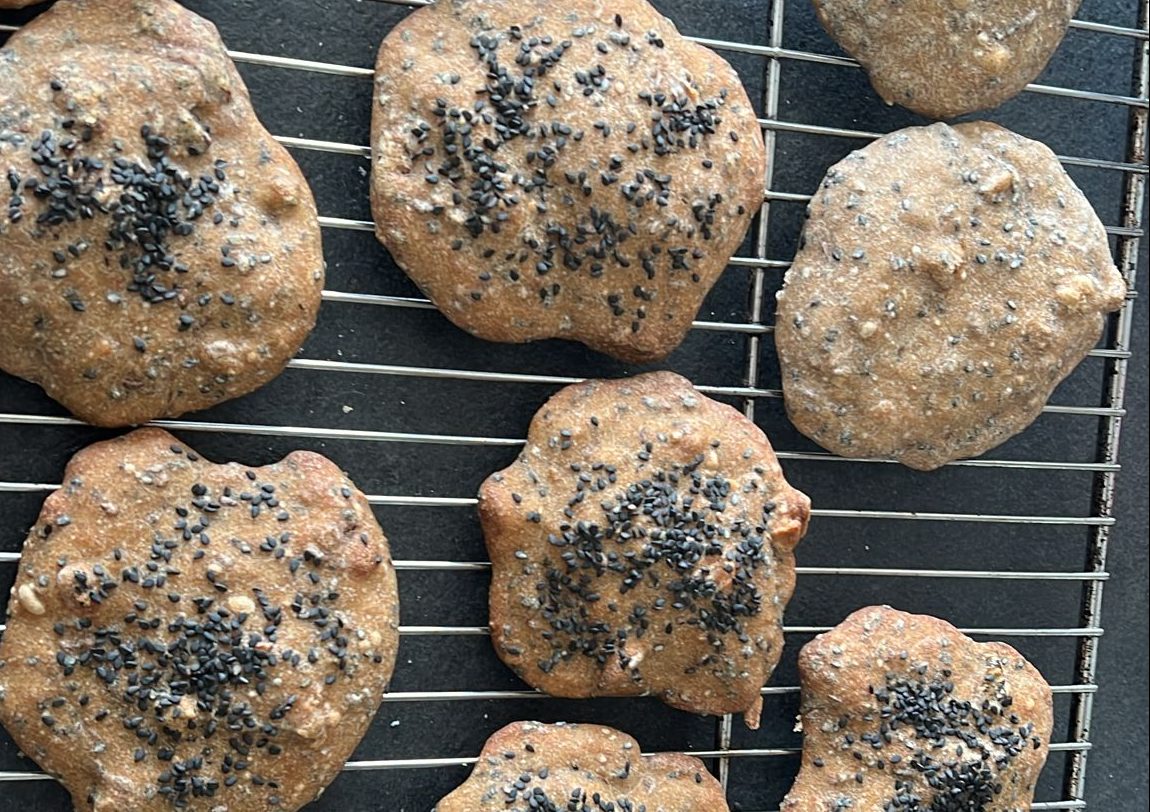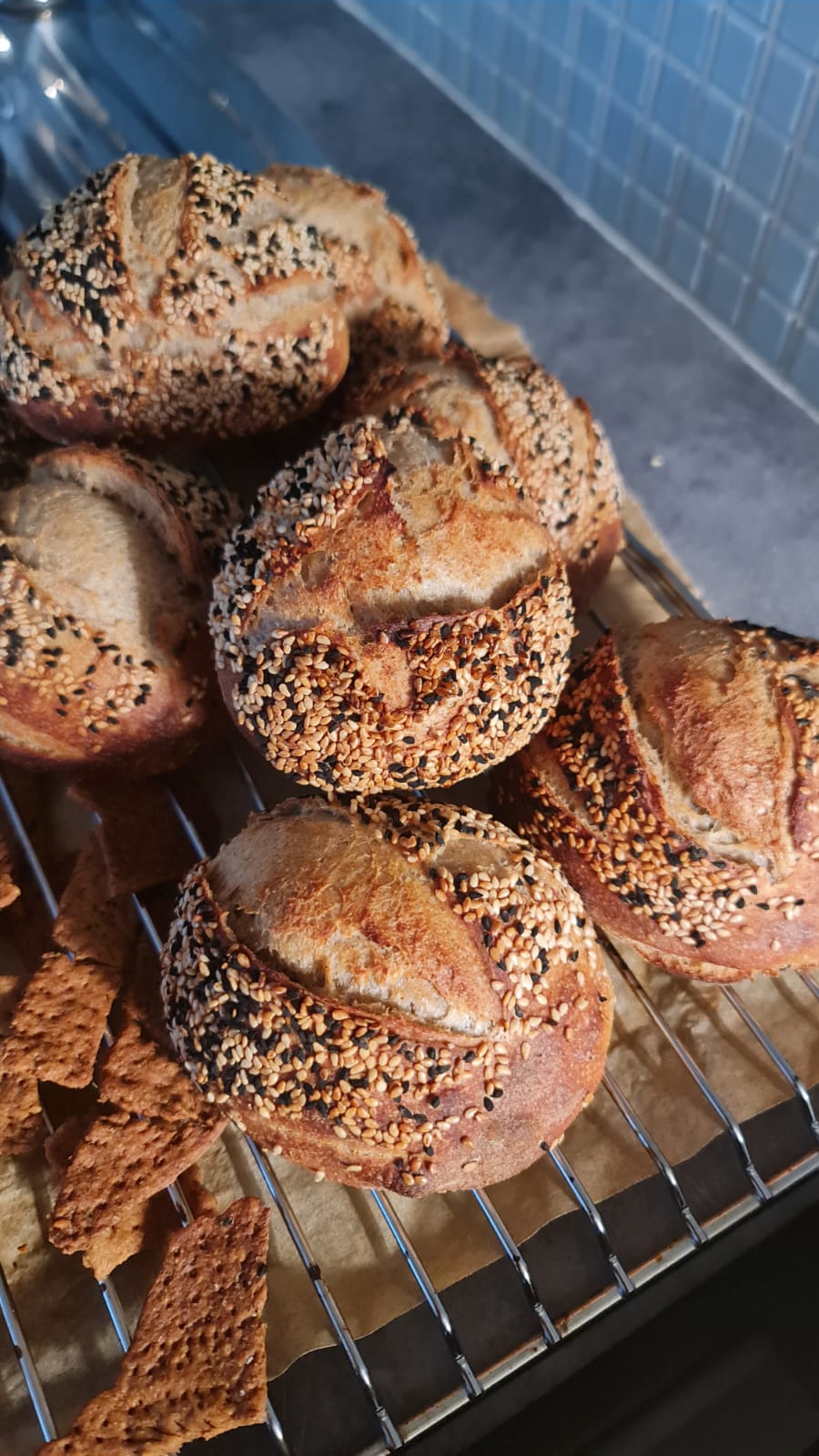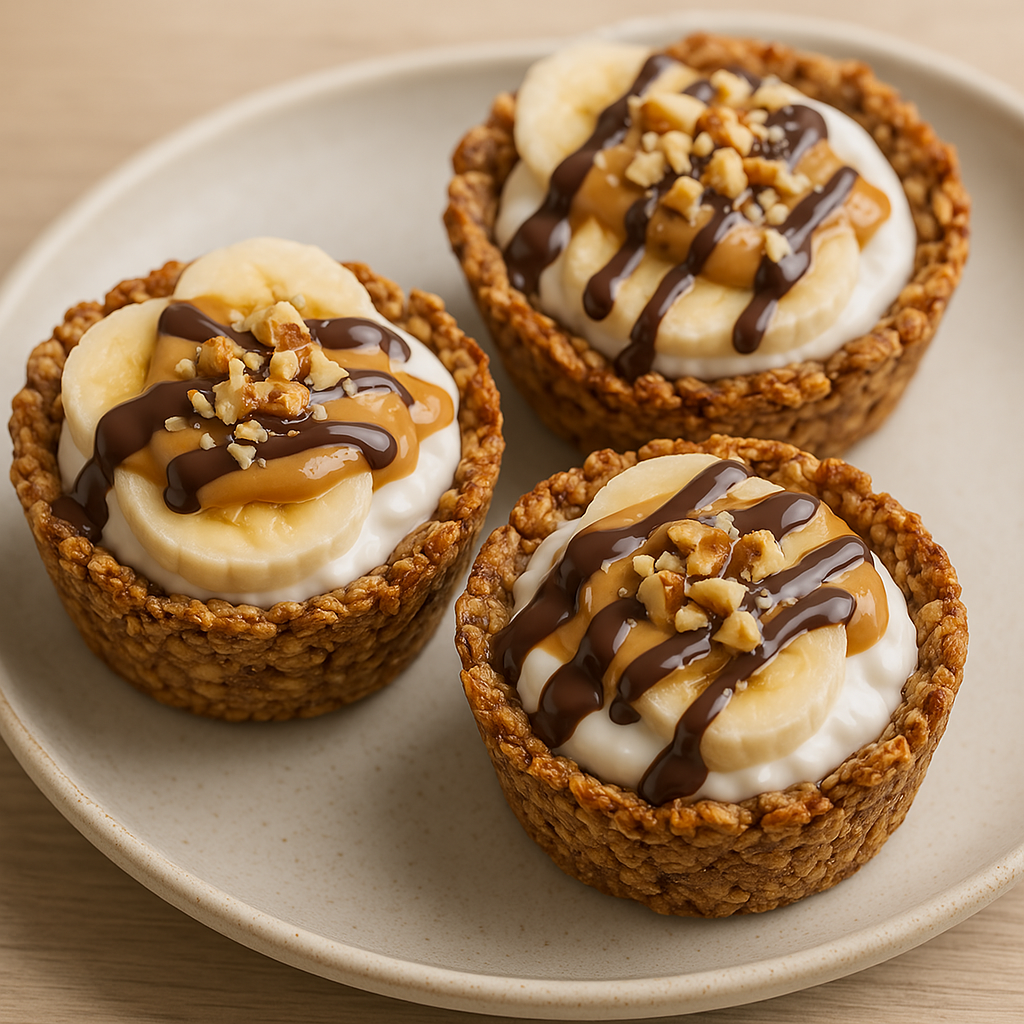Welcome to the world of sourdough! This guide is all about keeping it simple, fun, and approachable, without any of the obsessive sourdough policing you might have seen online. Sourdough is about enjoyment, not precision Olympics or winning the chemistry Nobel Prize. You don’t need a science degree, a lab coat, or the patience of a saint to make great bread. So, let’s get started with some basics and ease you into the doughy world of delicious homemade sourdough!
Part 1: Sourdough Starter – The Heart of the Bread
What is a Sourdough Starter?
Think of your starter as a little pet. Feed it, keep it happy, and in return, it helps your bread rise. It’s just a mix of flour and water that captures wild yeast and bacteria from the air. These microorganisms create the magic of sourdough.
- Ingredients:
- Flour
- Cold water
- Starter
- That’s it!
Starter Maintenance Basics
- Feed your starter: Just mix equal parts (by weight) once a day if you bake often, or once a week if it’s chilling in the fridge. Even once in two weeks is not a big deal.
- Don’t overthink it: If you forgot to feed it for a few days, don’t panic. Starters are more resilient than you think!
Common Questions:
- How do I know my starter is ready?
- When it doubles in size after feeding and looks all bubbly and happy. It usually takes something between 4 to 8 hours and keeps being active whole day.
- Does my starter need special flour?
- No. Use any unbleached fine grind flour you like. The microorganisms aren’t picky.
- It smells funky—is it dead?
- If it smells like vinegar, it’s alive but hungry. If it smells like a forgotten locker room, toss it and start over. No biggie!
- Do I really need to measure everything?
- Nope! Think “sourdough grandma” energy: a little eyeballing never hurt anyone.
TRY OUR SOURDOUGH CALCULATOR
Part 2: Choose Your Own Sourdough Adventure
Now, you have a choice! Depending on your ambition, patience, and overall life goals, pick the path that suits you:
Option 1: I have very little ambition. Show me the laziest sourdough baking technique.
Perfect for those who want bread without the drama. The “lazy sourdough” approach is for the laid-back baker who still wants homemade bread but with minimal effort and zero stress.
- Instructions:
- Make a simple dough with your starter, flour, water, and salt. No need to knead (pun intended) too much—just let time do the work.
- Let it rise for a few hours, shape it into something vaguely bread-like, and bake it at a high temperature.
- The result: a perfectly good loaf. Is it Instagram-perfect? Probably not. Does it taste good? Absolutely!
- Tips:
- If your dough looks like a blob, don’t worry. Bread is forgiving.
- If you’re super lazy, refrigerate the dough for up to a week and bake whenever you’re ready.
Option 2: I have patience and resilience for a moderately long sourdough process.
This is for you if you can handle a little more effort, but you don’t want to be stuck babysitting dough for days.
- Instructions:
- Mix your ingredients (starter, water, flour, salt) and give the dough a few stretch-and-folds every 30 minutes or so. Nothing too intense, just a little workout for the gluten.
- Let it rise overnight in the fridge (low and slow = more flavor).
- Shape it the next day, let it rise again for a couple of hours, and bake.
- Results:
- You’ll end up with a nicely airy loaf with a crispy crust. This process gives you that Instagram-worthy bread without the full-time commitment.
- Tips:
- Don’t obsess over perfect shapes. Sourdough isn’t a beauty pageant.
- If it’s a little wonky, call it “artisan” and move on.
Option 3: I am ready to dedicate my life to sourdough bread.
Whoa, easy there! Bread-making is great, but don’t let it take over your life. Seriously, get a life, and just pick the second option, OK? No one needs to live in a constant state of dough anxiety, and trust me, your friends and family will still love you if you’re not weighing water down to the milligram.
TEST YOUR SOURDOUGH KNOWLEDGE
Part 3: Laughing at the Sourdough Hype
You’ve probably seen those sourdough fanatics online who act like they’re performing rocket science, posting about their “hydration levels” like they’re launching a NASA mission. Newsflash: you don’t need a degree in chemistry to make bread.
- Reality Check:
- If you get stressed about every single bubble or crumb texture, you’re missing the point of sourdough. It’s just bread, not the key to immortality.
- Sourdough police? Ignore them. The bread on your table matters more than their opinion.
FAQs for the Not-So-Serious Baker
- Do I need a fancy Dutch oven?
- Nope. Use whatever oven-safe pot you have. Or just bake on a tray with little bit water under. Bread will still happen.
- Is it bad if my dough sticks to my hands?
- No! Wet your hands, and it’ll behave. Sticky dough is normal. People stressing over “perfect dough feel” are probably making up for something else in their life.
- Do I need to “score” my bread with beautiful designs?
- Only if you want. Otherwise, give it a quick slash so it doesn’t explode and call it a day.
Conclusion: Keep Calm and Bake Bread
Sourdough is supposed to be fun, not a source of stress or an excuse to be hyper-critical. You don’t need to be an artisan baker to enjoy making it, and if anyone tells you otherwise, they’ve missed the point. So, choose the level of effort you’re comfortable with, bake some bread, and remember: you’re not here to impress anyone except your tastebuds.
Now go, bake, and most importantly—enjoy eating your bread!






